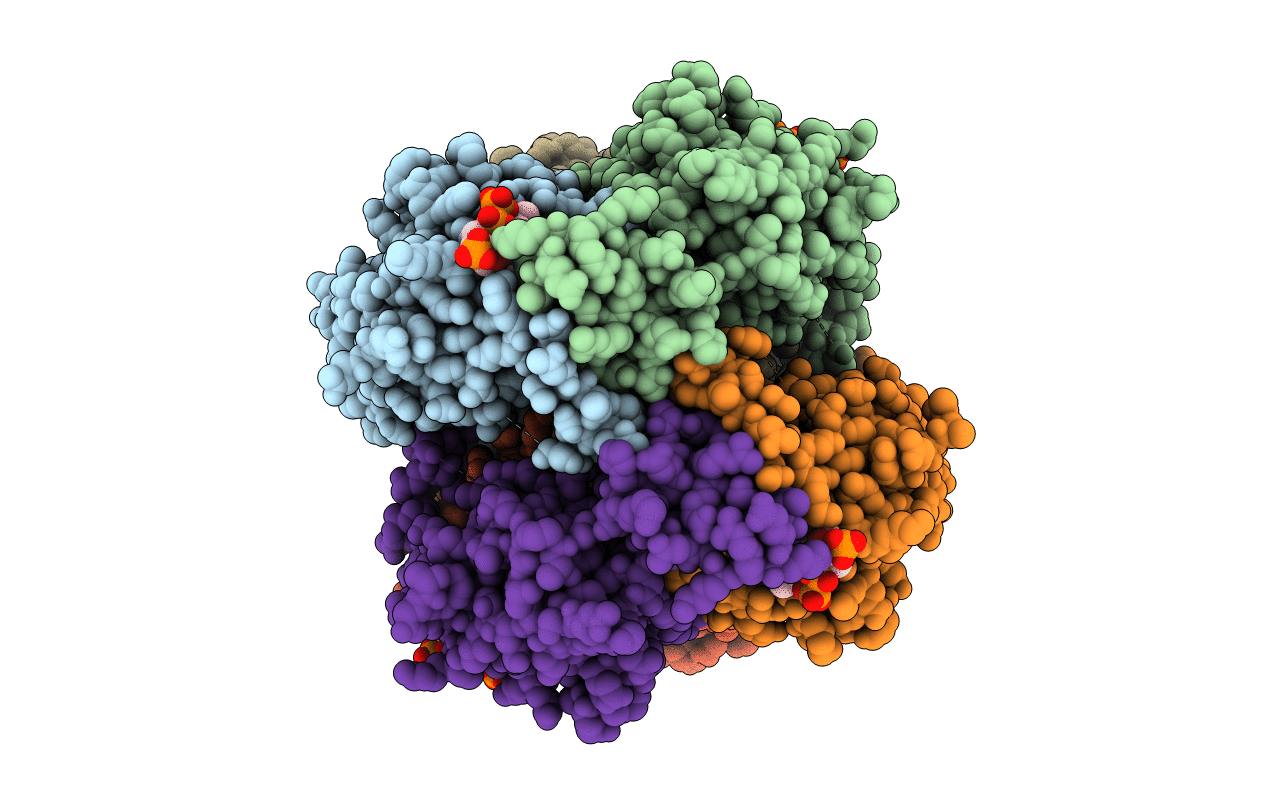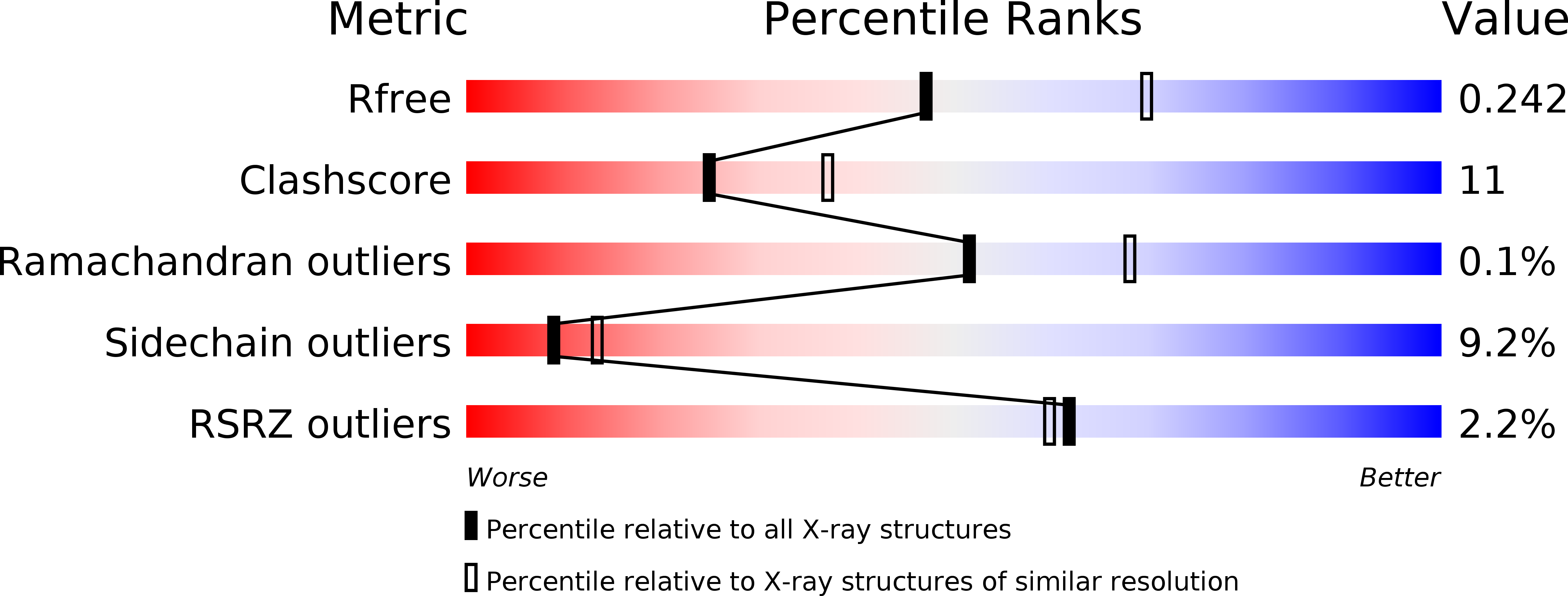
Deposition Date
1997-04-28
Release Date
1998-04-29
Last Version Date
2024-12-25
Method Details:
Experimental Method:
Resolution:
2.40 Å
R-Value Free:
0.26
R-Value Work:
0.20
Space Group:
P 21 21 21


